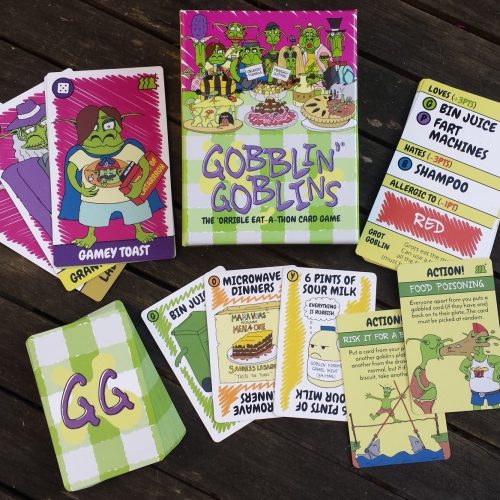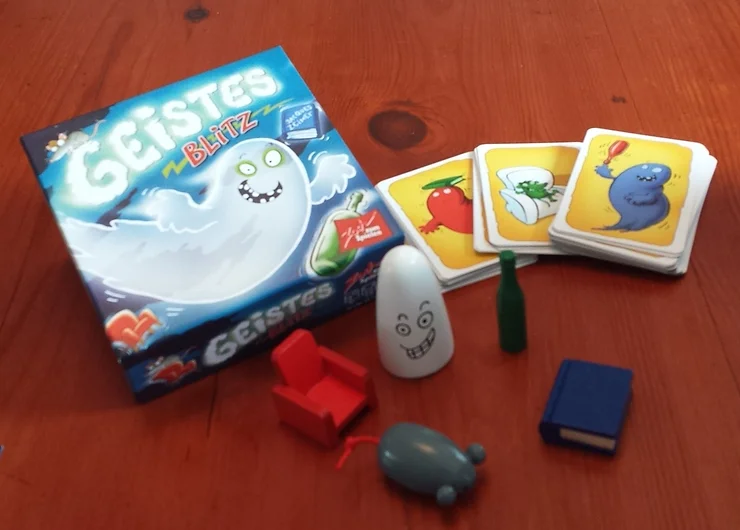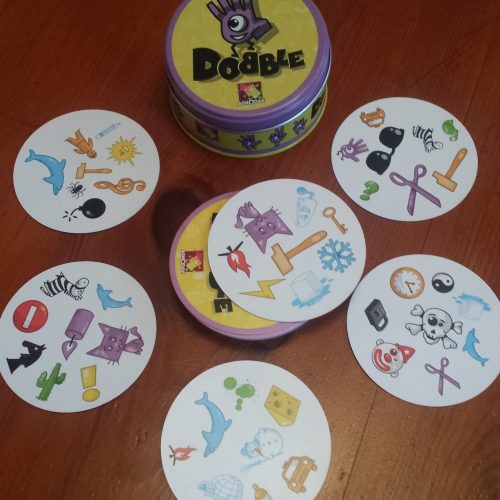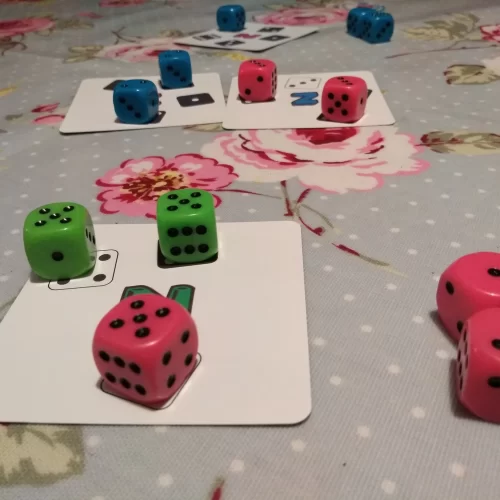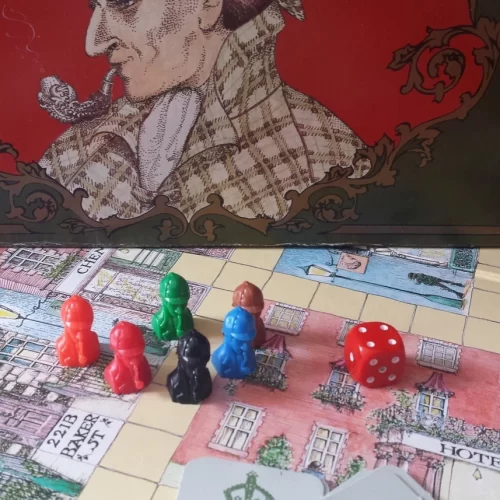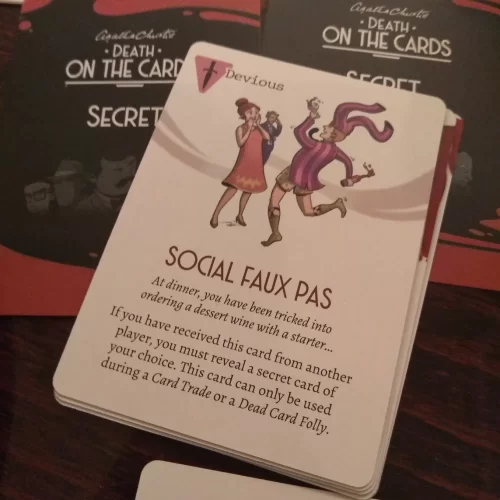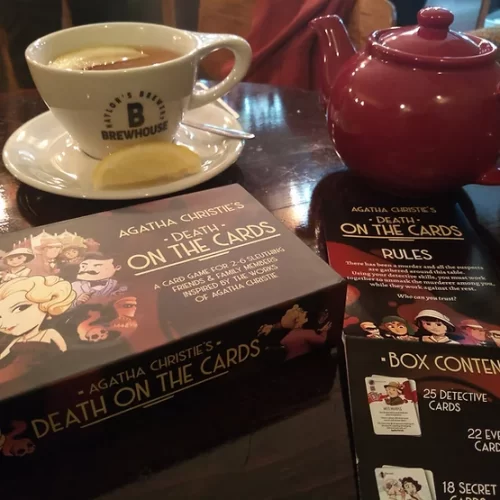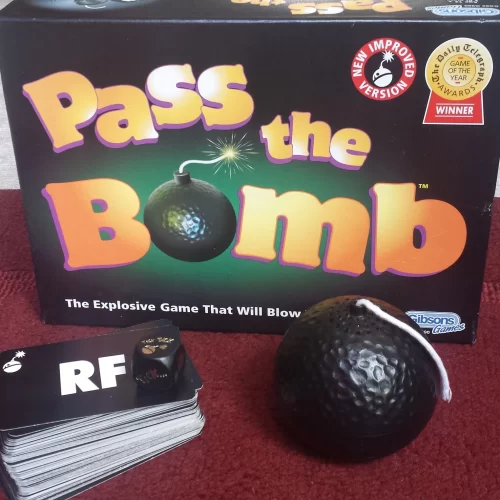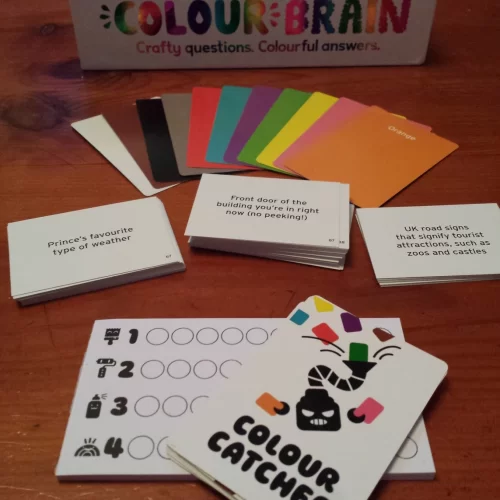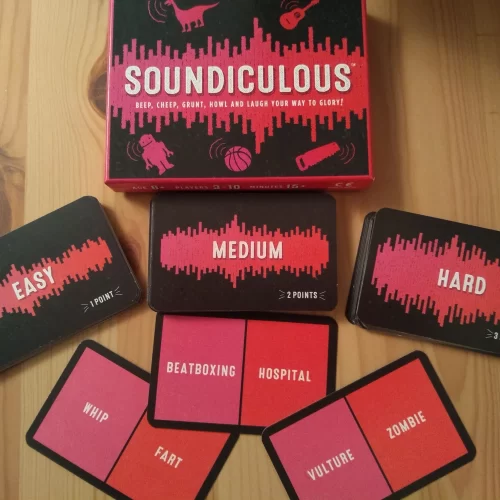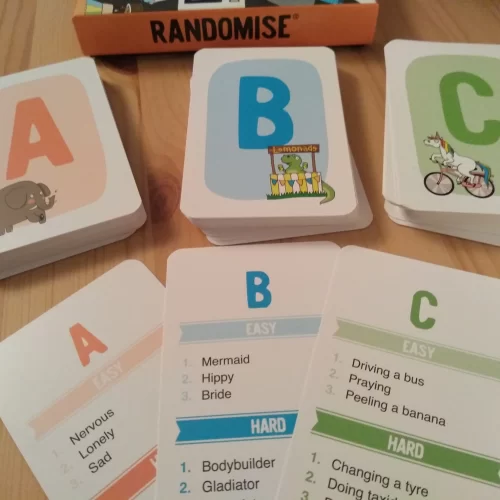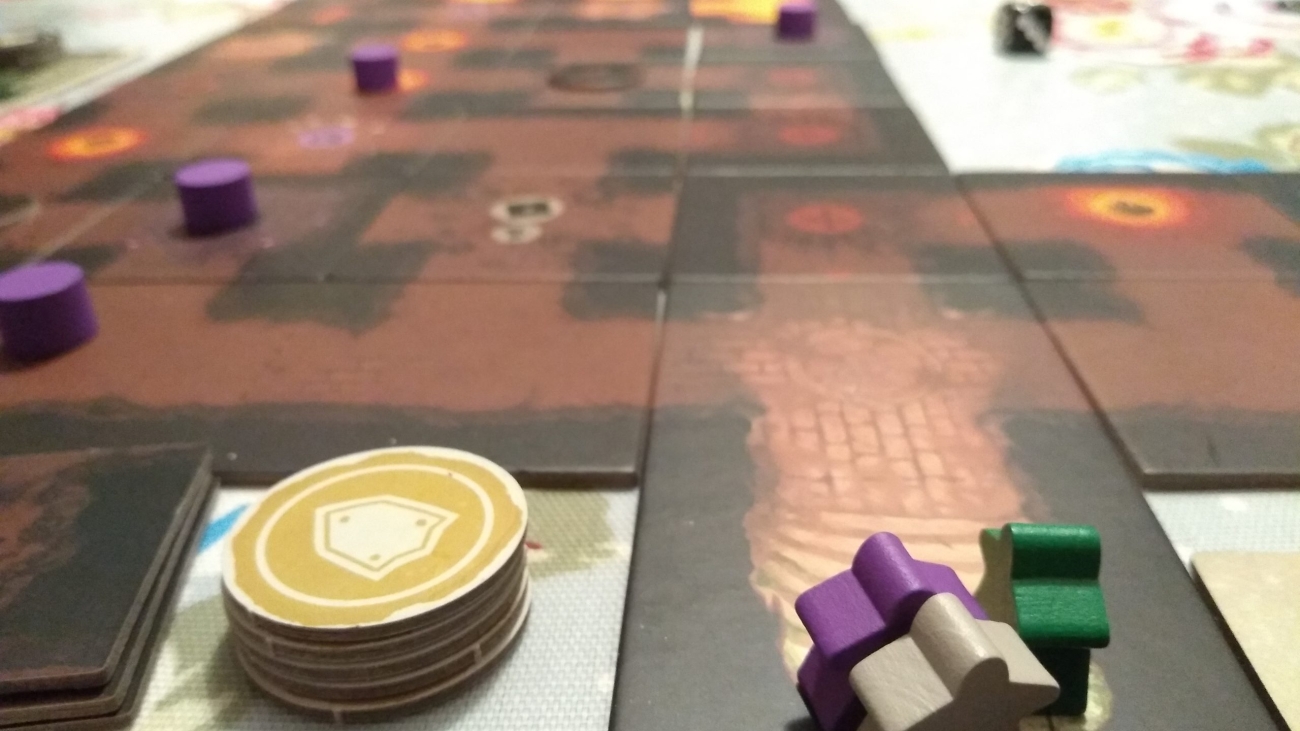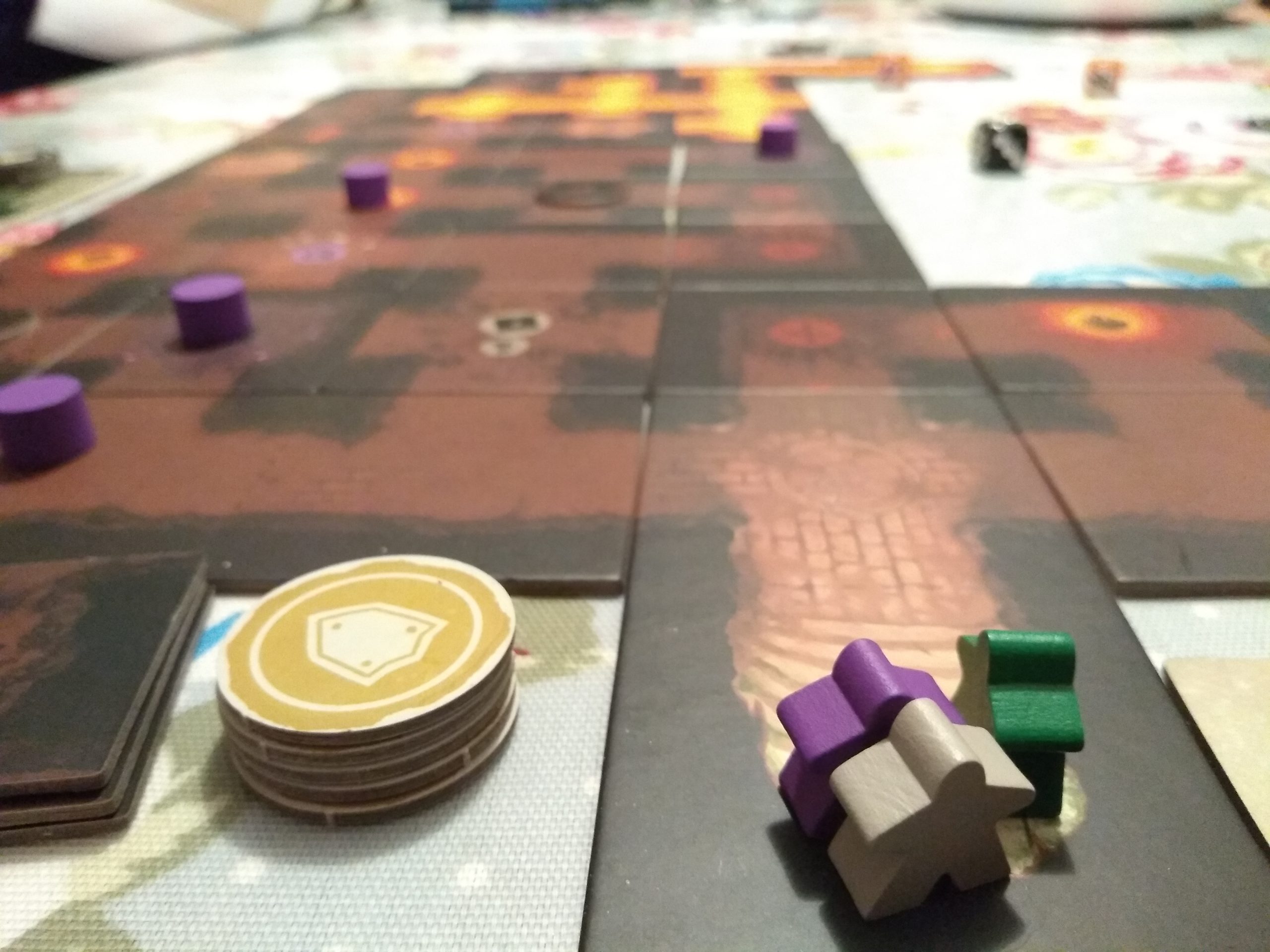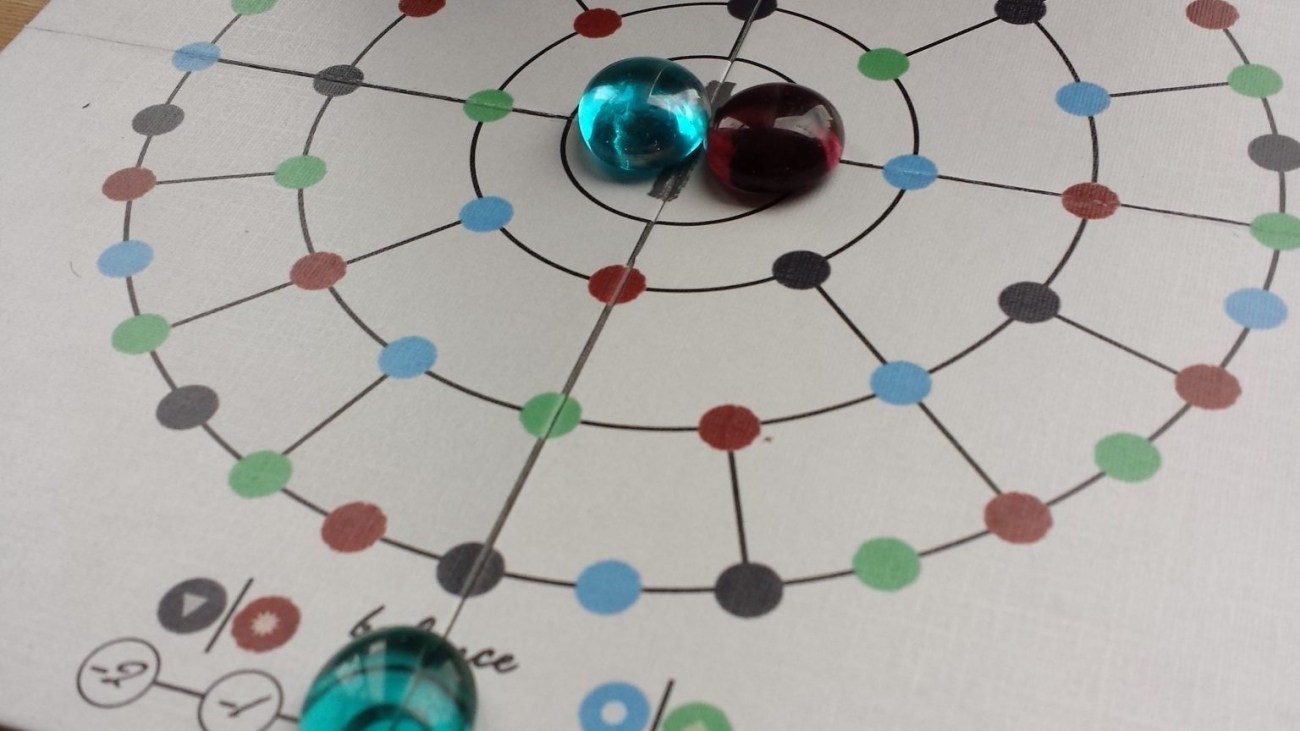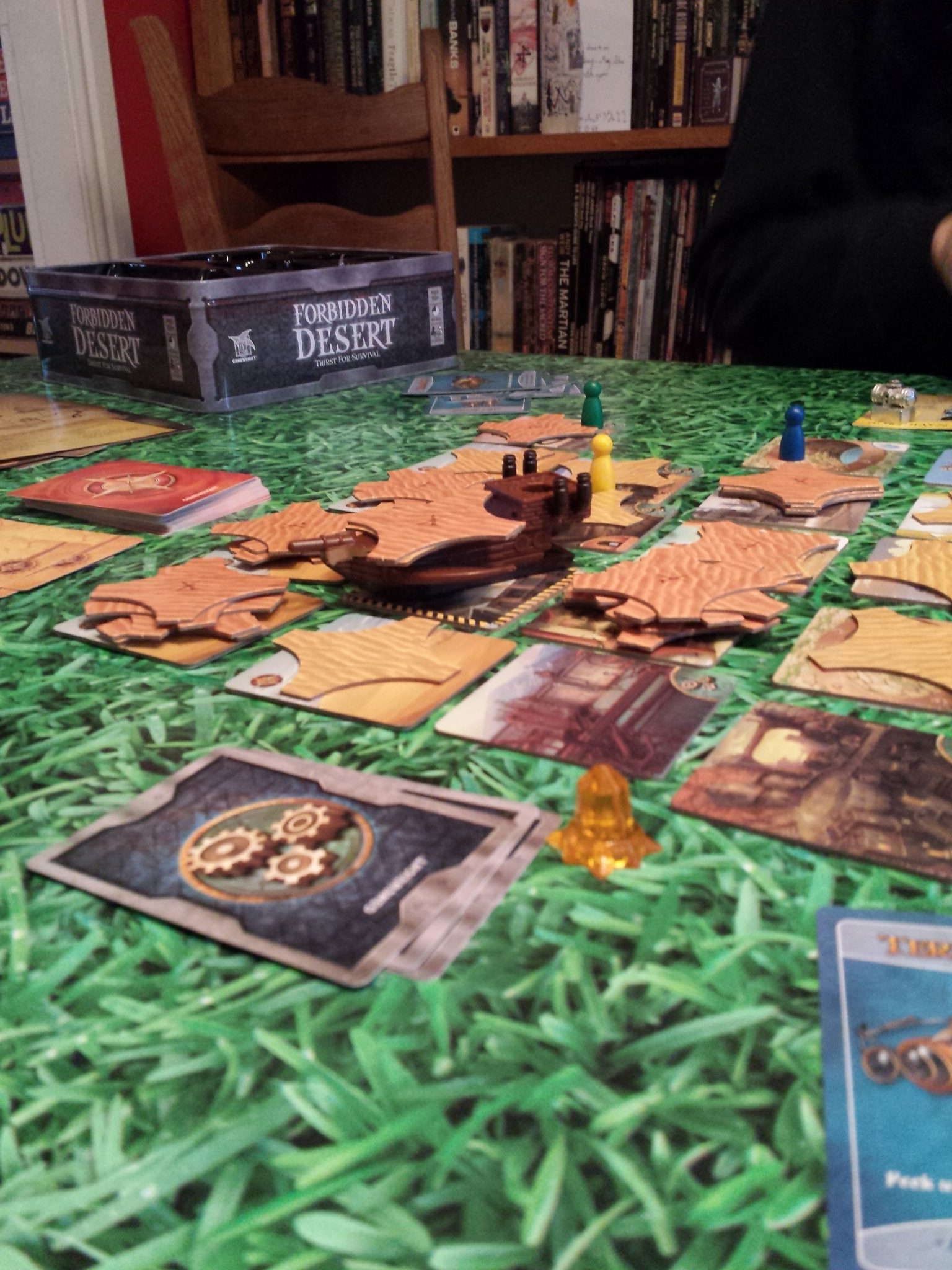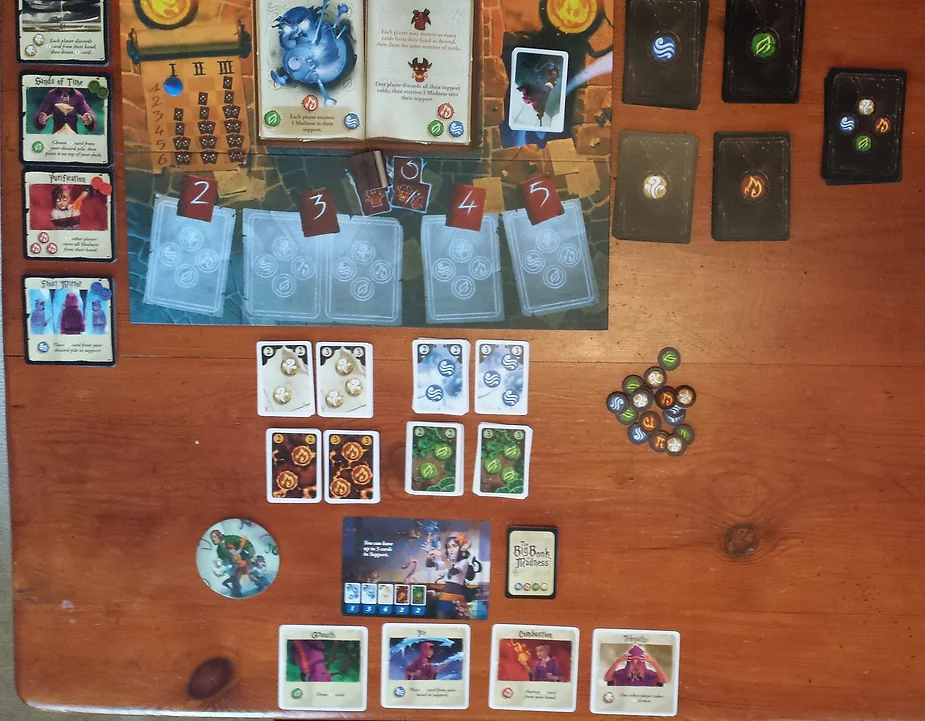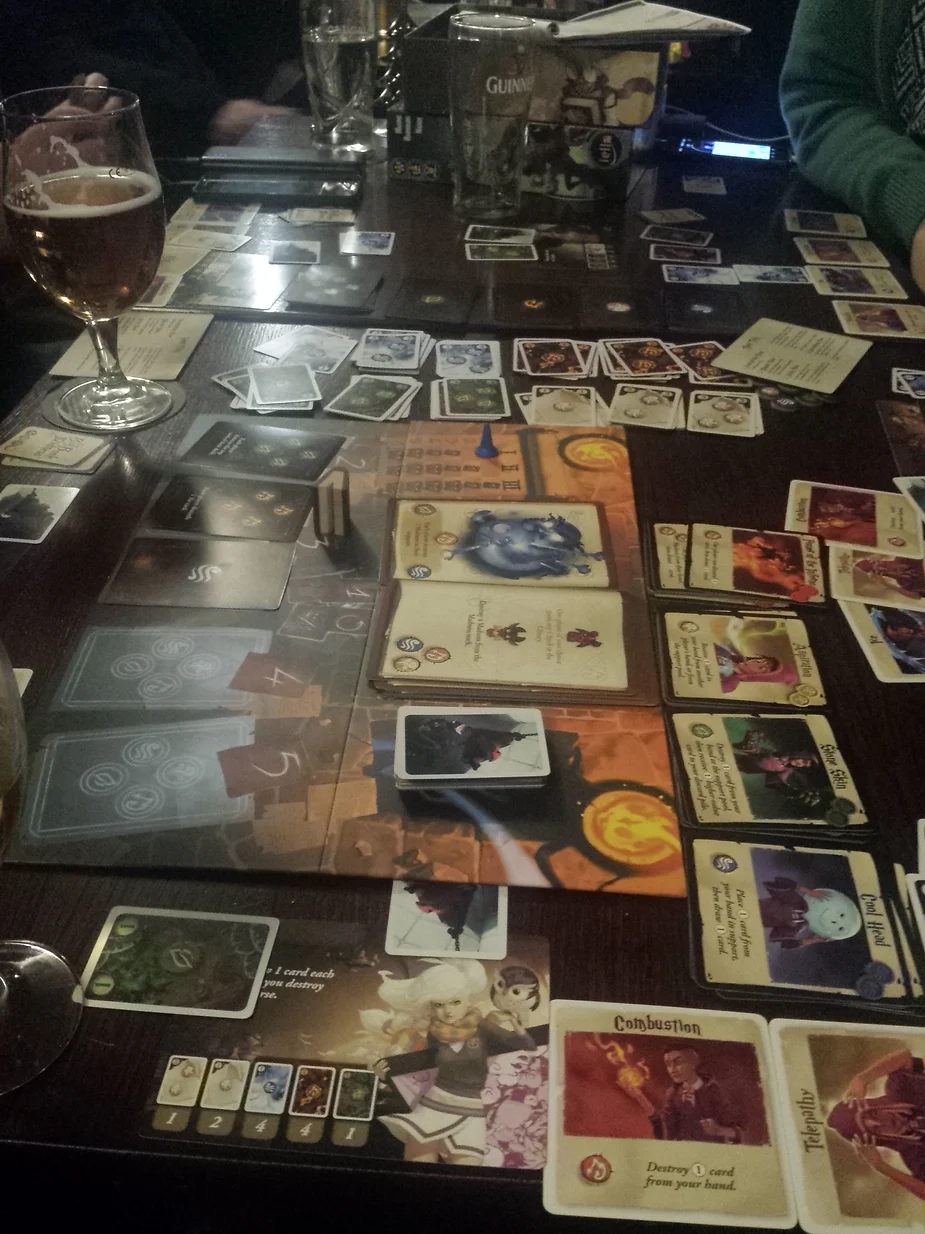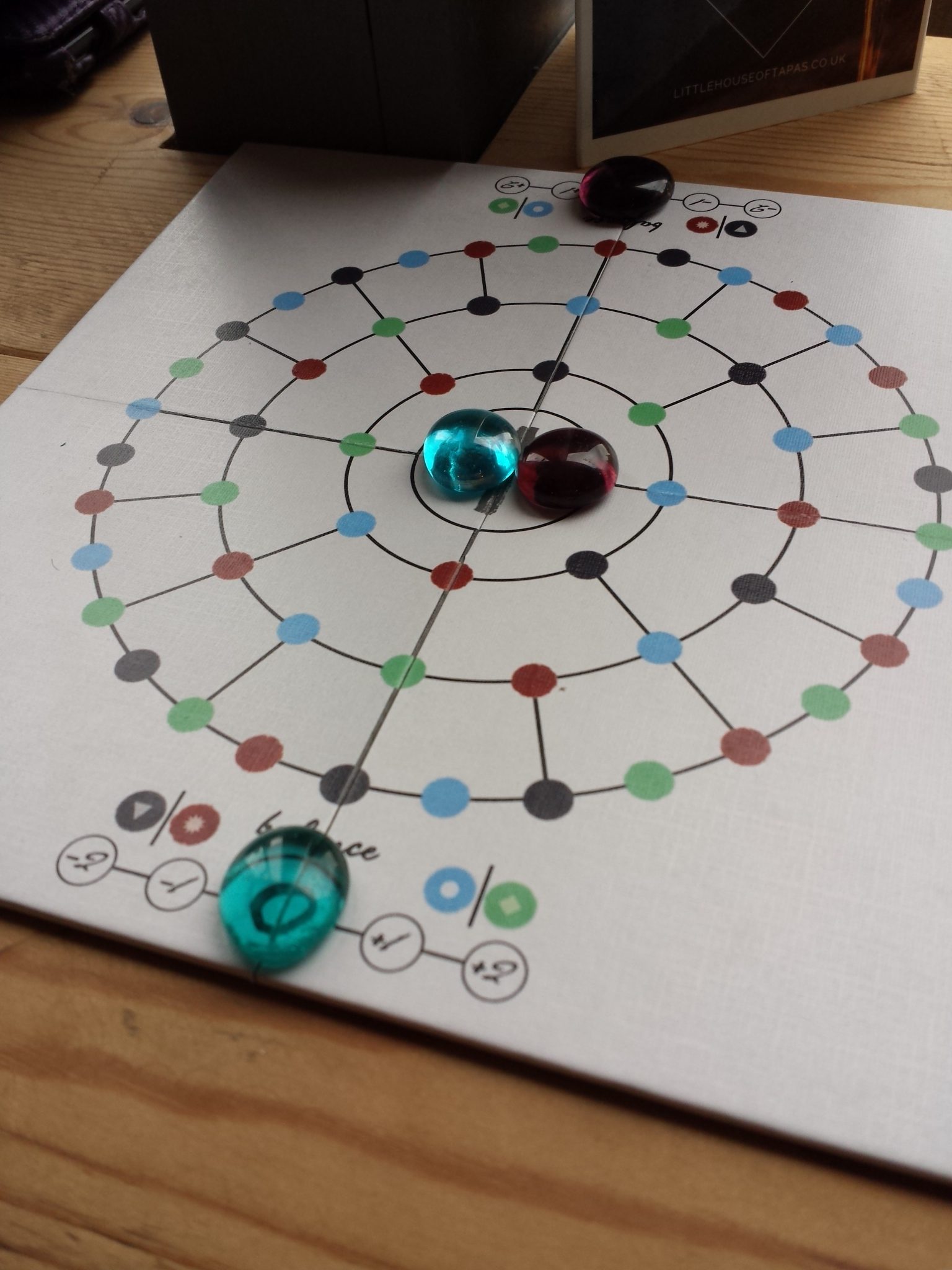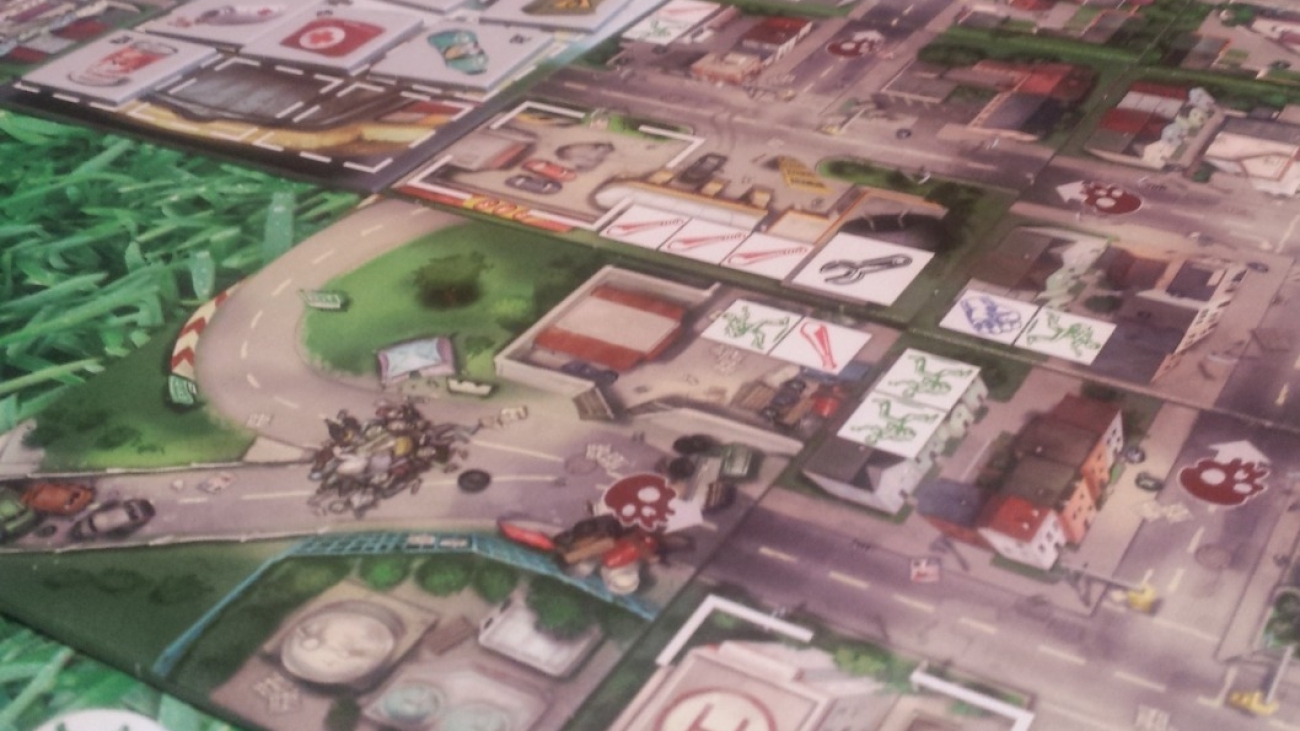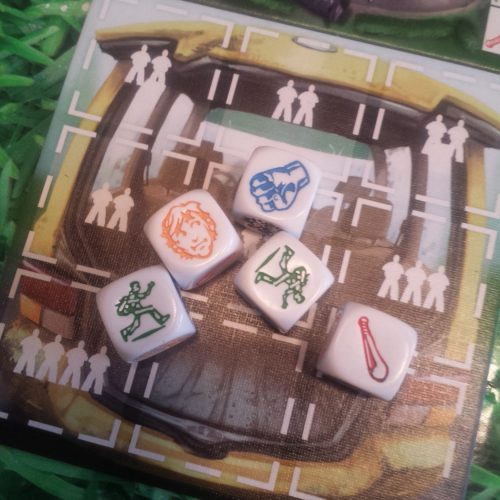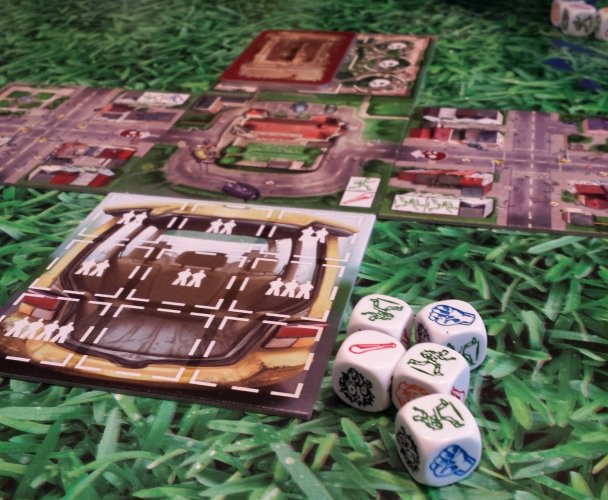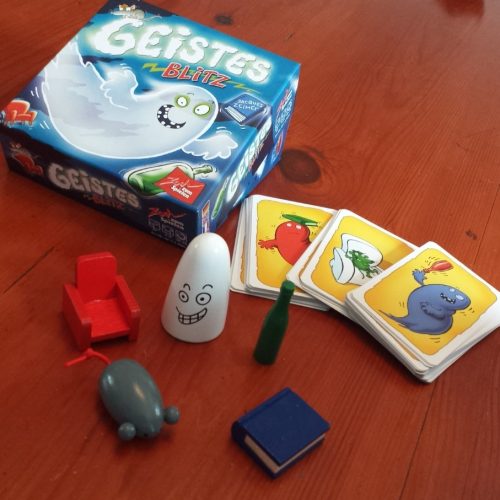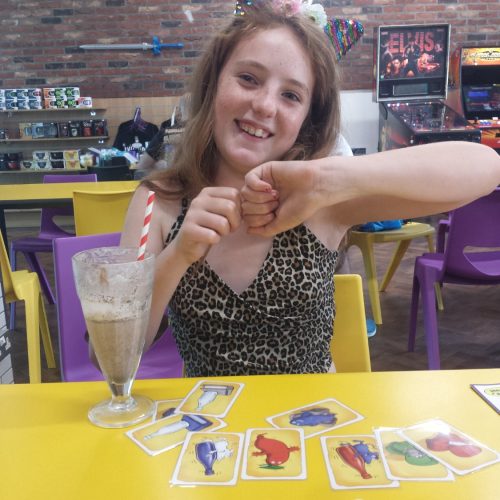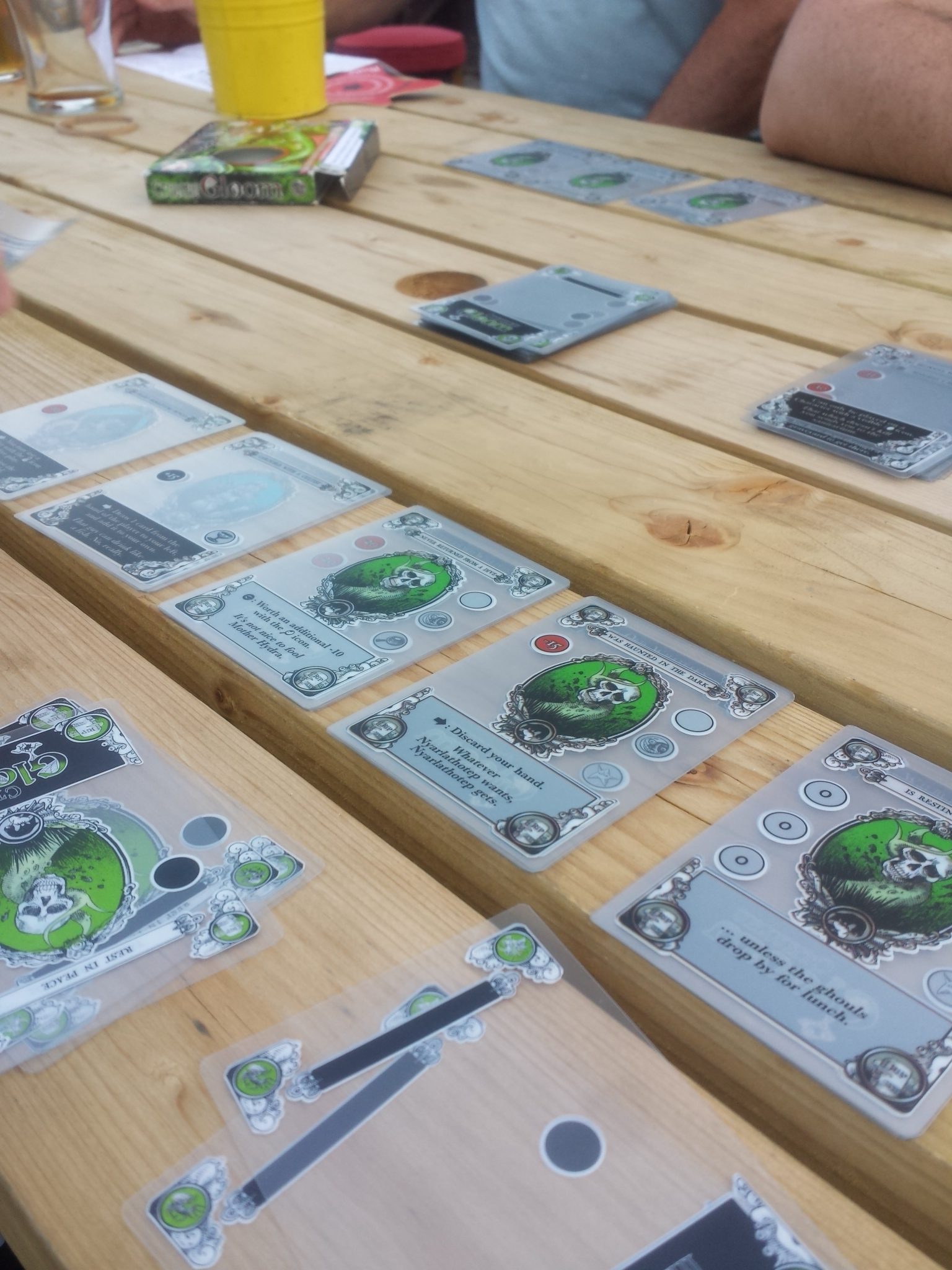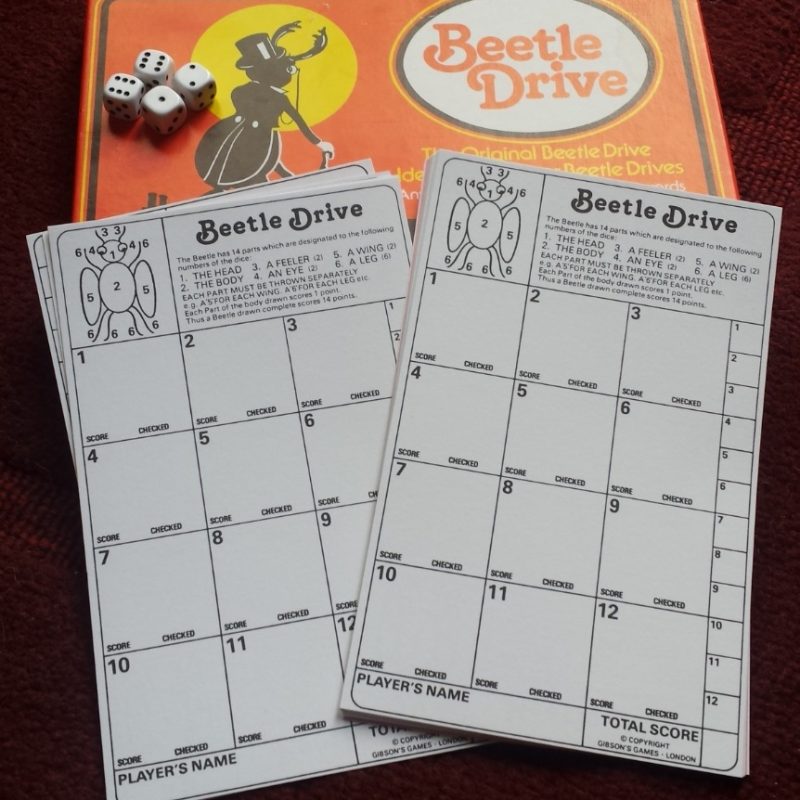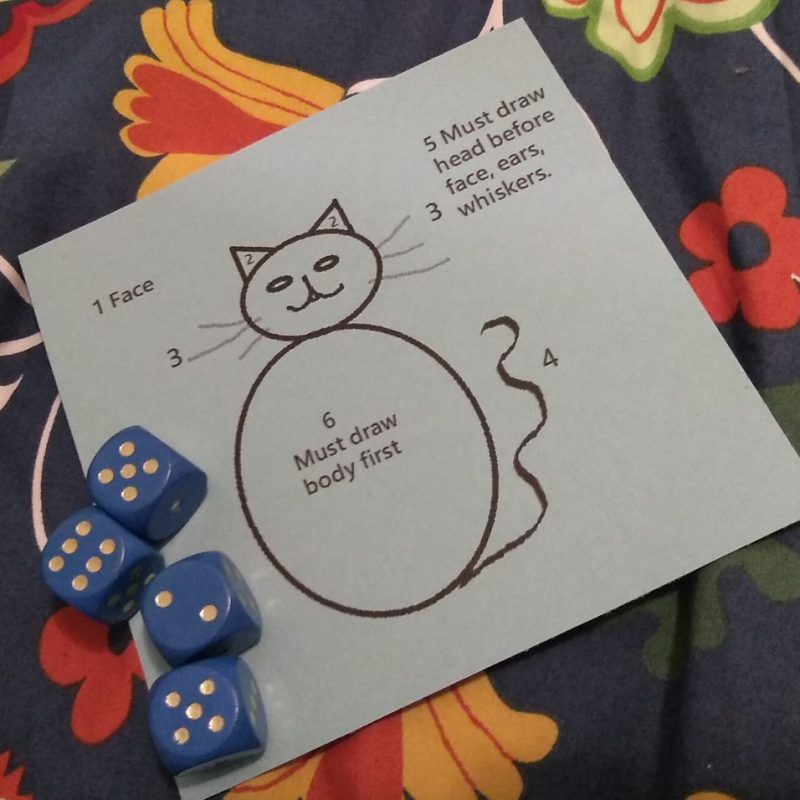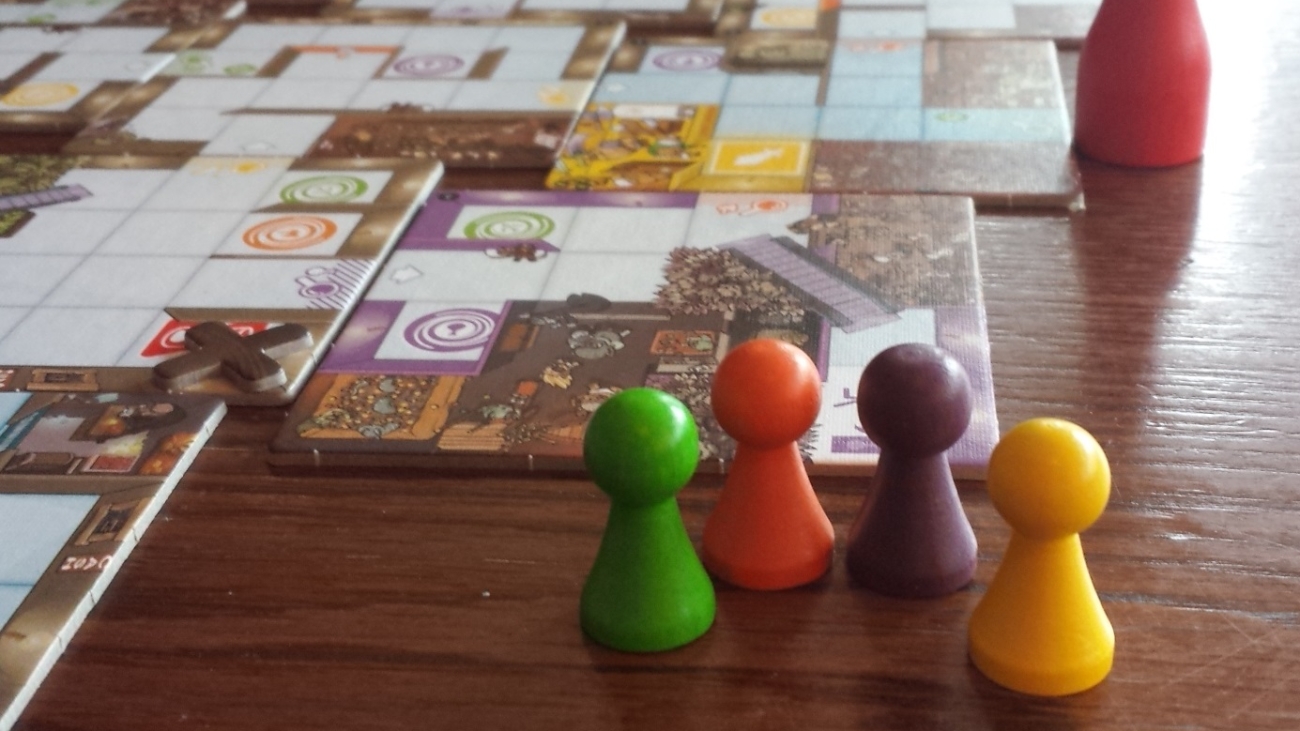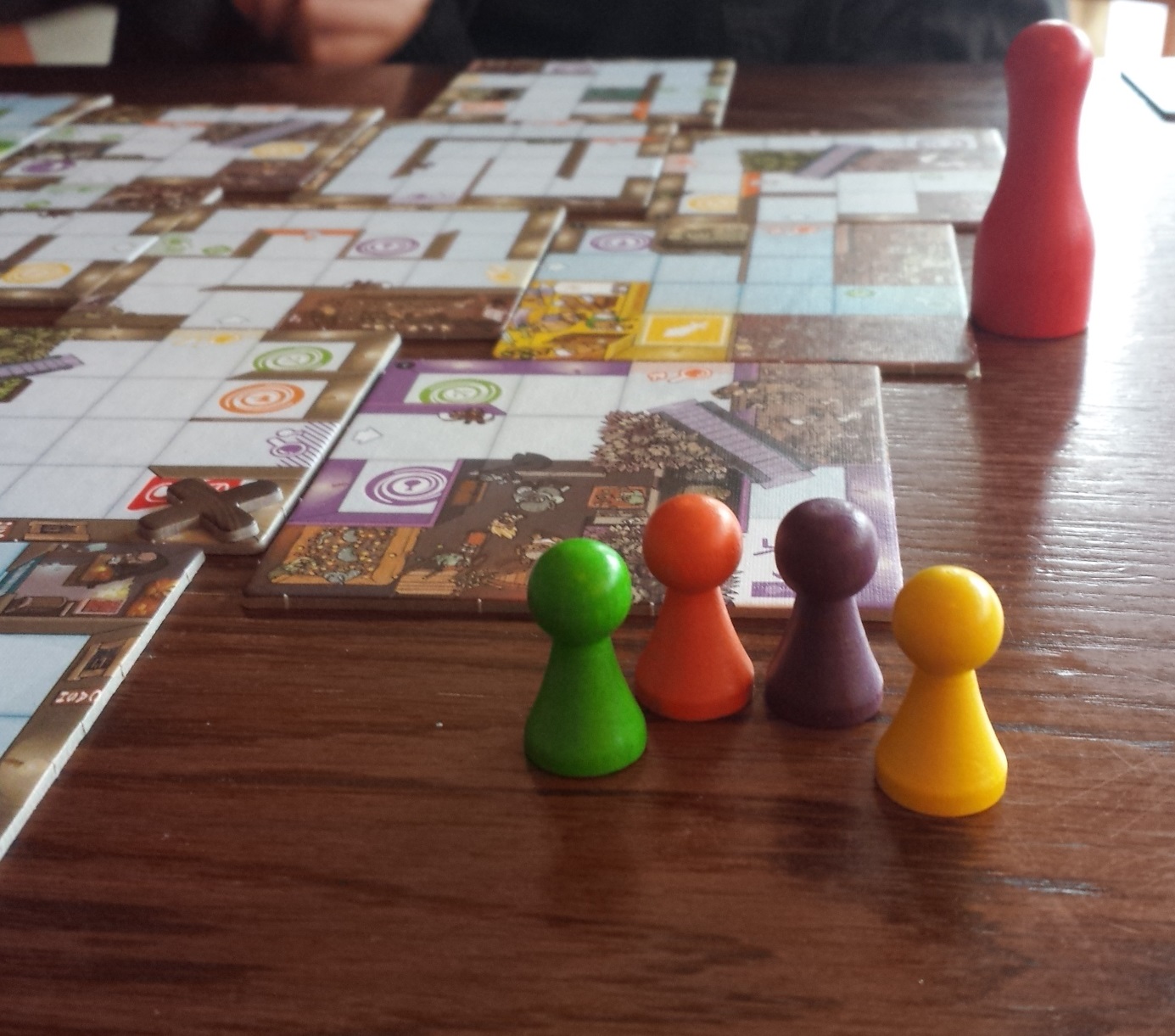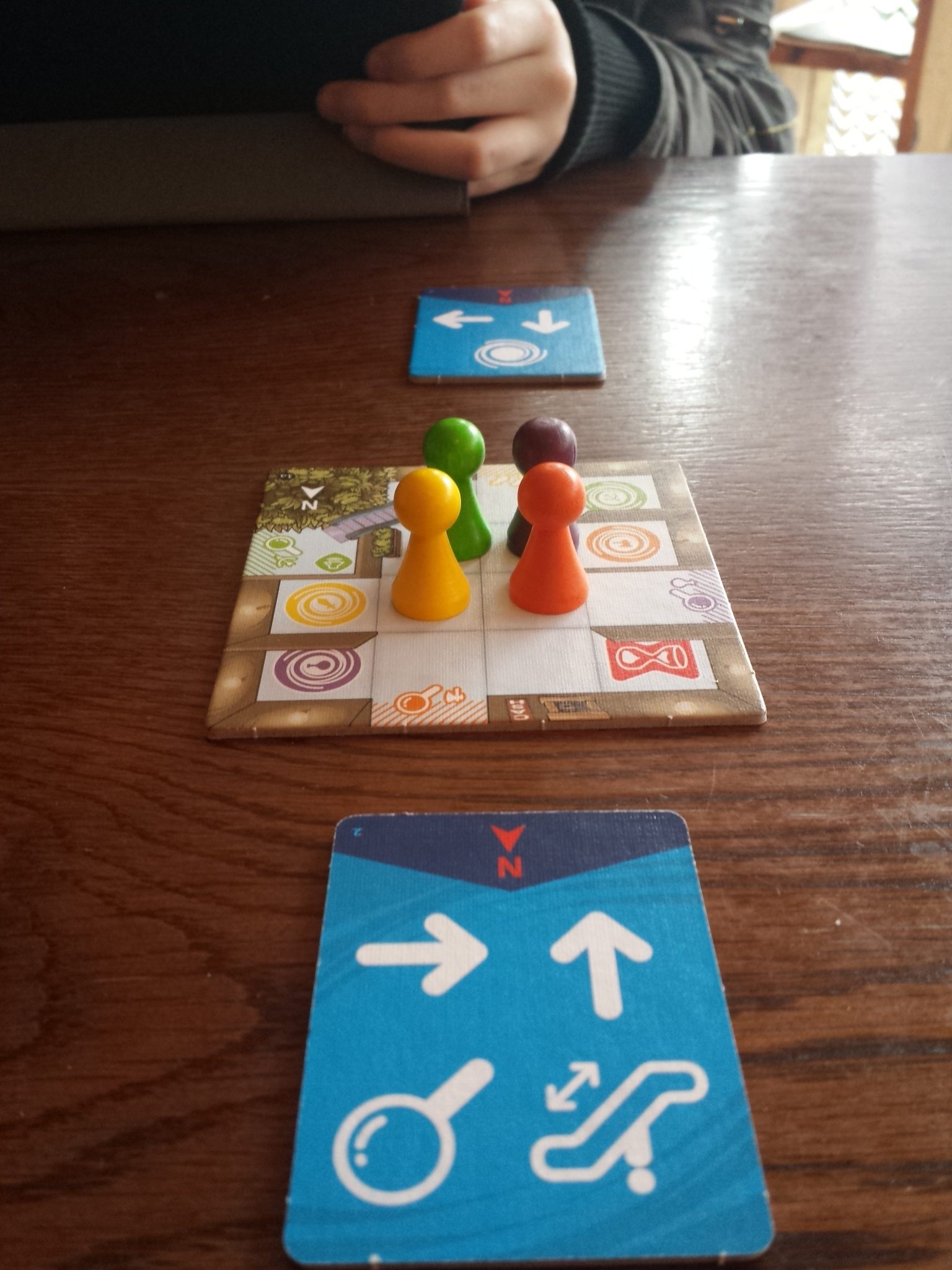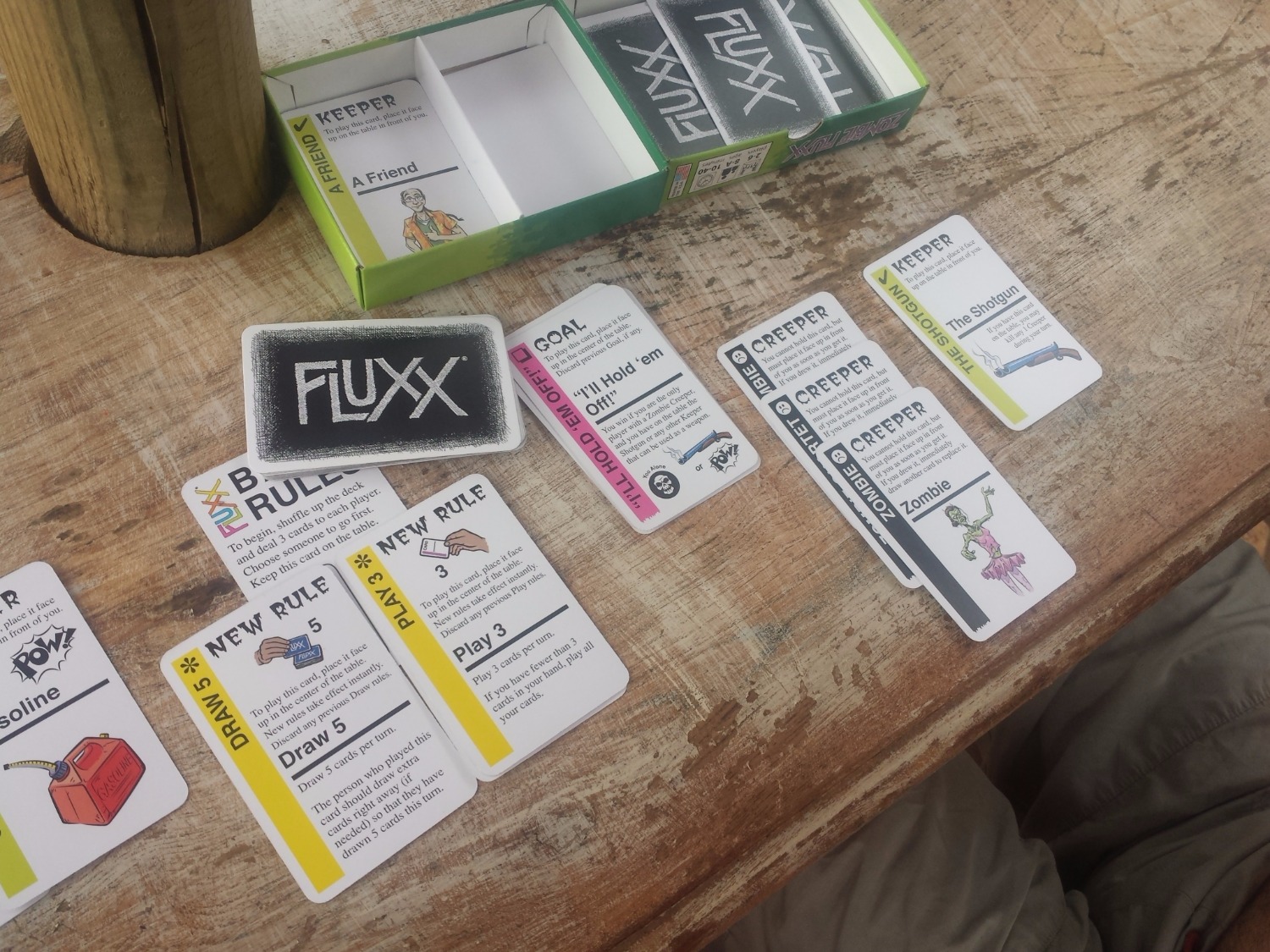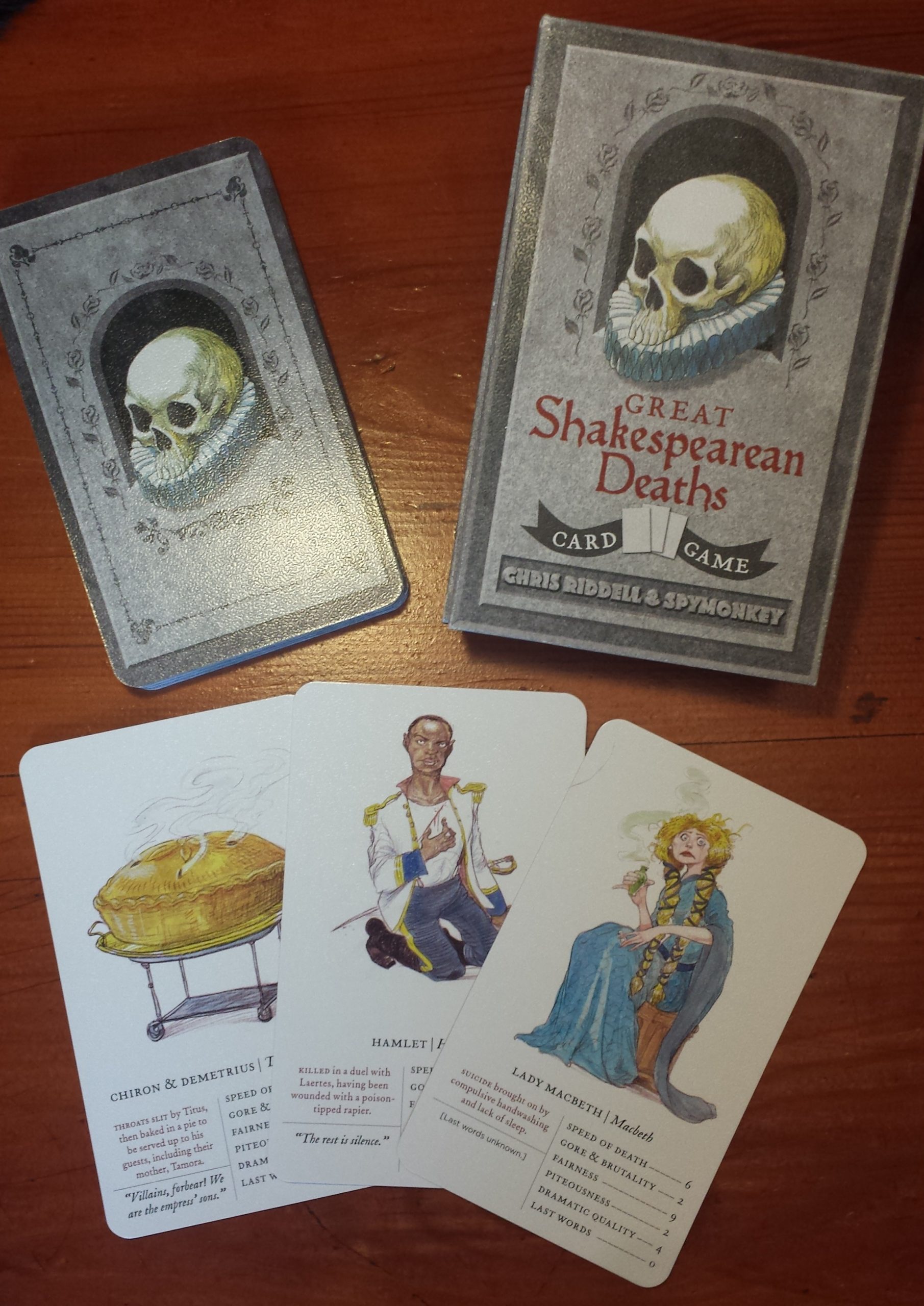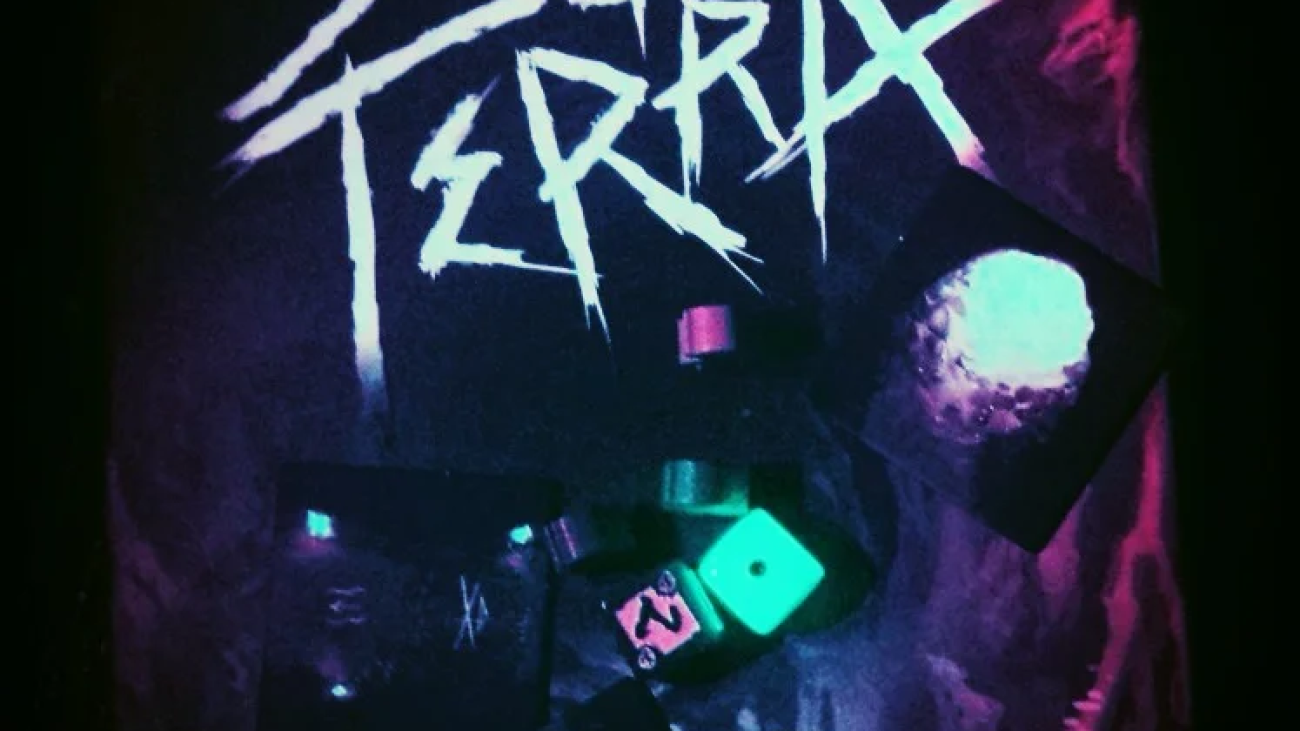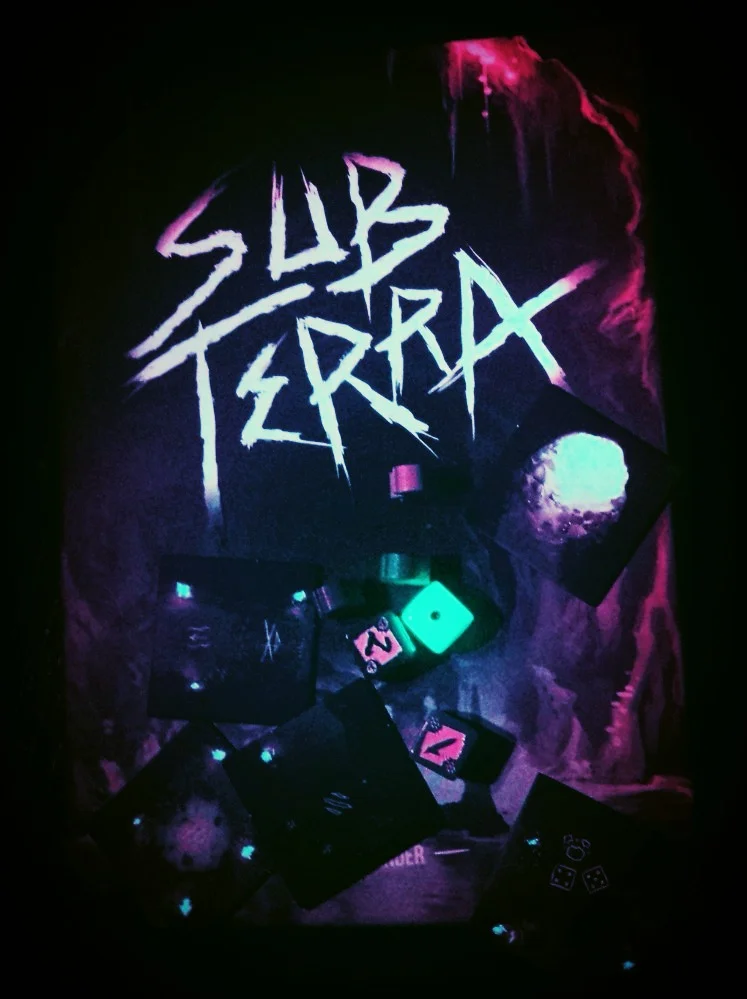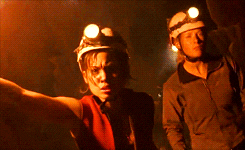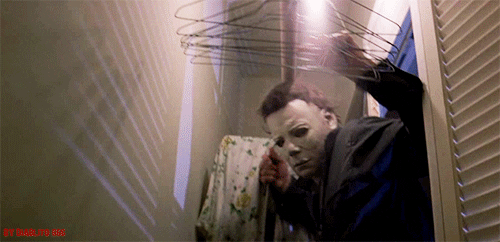
Photo by Liam Booth
As a teacher of 17 years I amassed an array of skills which I fully expected to be reasonably useless in my new business. In my eighth year as Cards or Die I’m realising how many of those skills have supported me in creating fun and inclusive events. So here are my teacher skills that make my events awesome!
Eyes in the back of my head.
It’s a cliche but as a teacher it’s one of the first survival skills that you develop. You can sense rather than see the missile that’s about to be launched and intervene in ways that seem almost psychic. Nowadays I’m not so worried about missiles. But the ability to immediately spot the moment that someone goes off task means that I have an uncanny knack of showing up at your table as soon as you get stuck! It’s like I’m finely tuned into the sound of you debating a rule and the rustling of the rule book pages. Often someone is just leafing through the rule book when I pop up and ask what they’re stuck on – I haven’t escaped the teacher vocabulary! Occasionally I’m just another pair of eyes on the rule book but usually I can answer your question and get you back into the game straightaway.
Teaching Shakespeare to Year 9 on a windy afternoon in Barnsley.
I know when I’ve lost you, even before your eyes glaze over. If you’ve ever encountered school kids on a windy day you’ll know they go a bit feral. Hearing, then seeing your class arrive as though they’ve been shot out of a cannon is one of my least favourite things. However my most favourite thing used to be the time 10 minutes after that when they were enjoying Shakespeare, really getting stuck in to a bit of Macbeth. To do that I’ve learnt to adapt my teaching to meet different learning styles in a group.
The difference is, there used to be 32 people to engage and now there’s only 4 or 5 at a time. It means that when I teach games I’m watching people too and gauging their attention and reactions. I sometimes give a whole overview of the game and other times just get you playing immediately – although the latter approach demands a lot of trust. Often some of the group want to just get stuck in but one or two people will be cautious, unwilling to do something ‘wrong’. I balance this by including the reset option – we play a round with you just playing any card or moving to any space and then we score and if one person is way behind the other, we start again – but – hopefully this time you know what you’re doing! In this first go I always allow take backs – if you didn’t know what you were doing why would I force you to stick to that decision. We can reset anyway. Then there’s the stage between those two. I tell you a bit, you play a bit – I reappear at some point and add some rules in. Or, come back when you need to score it. Personally I like just enough detail so I can start playing. I learn games best through doing. I’d be interested to hear how you learn new games best.
It’s also about flexibility. Being flexible does not come naturally to me. If I have made a plan, I want to stick to it. Having said that, I have binned meticulously and painstakingly prepared lessons part way through because 32 kids looked like their souls were dying. I’m never going to make you play something that you’re not having fun with. If it’s not fun – ditch it! It doesn’t matter how long we spent setting it up, if we’re having a terrible time it needs to go back in its box.
Books for the reluctant reader.
When I was a teacher my response to the claim that anyone didn’t like reading was ‘you just haven’t found the right book yet.’ I had to become skilled at recommending the right book for the individual and the class. Of course at my events I come across less people who don’t want to be there so I’m starting at a much easier entry point! I’ve never once resorted to ‘It’s the law. If you don’t want to do it you’ll need to write to the government and complain.’ Not yet, at least. Just as I got to know lots of books – now I know loads of games so I can ask you a few questions and match you to something just for you.
More commonly it’s that people don’t know where to start with a game – it’s ok, I do. The choice of games can be overwhelming but then that’s what I’m there for – I can teach or recommend games based on what you’ve enjoyed or not enjoyed in the past. When people arrive at events and say ‘we’re knackered’, ‘we’ve had a really long day’. Or, ‘we haven’t seen each other for ages so realistically we’re going to do a lot of chatting’ I’m able to give them a game that suits them.
I bring a frankly ridiculous amount of games along but it’s so that I’ve always got you covered for whatever you are in the mood for. Often the game we want to play depends on mood and headspace. I’m not going to sit and play a two hour strategy game when I’m tired or my brains not fully on. In fact, at that point I want something familiar, easy but satisfying. There’s an irritating trend where game enthusiasts bash other people’s choice of game – it’s too easy, too light, not crunchy enough (whatever that means), it’s an old game, there’s too much luck… the list goes on. As far as I’m concerned all of that can get in the bin. If teaching, teaches you anything it’s that you really can’t keep everybody happy and I’m not going to stand for anyone yucking anyone else’s yum. It smacks too much of cliquey playground bullying for my liking.
Bonus Autism Skills!
I can’t write a blog post that shouts about my own strengths without pausing to applaud the hitherto unacknowledged role my autism has played in the business. I only got diagnosed last year to the complete surprise of no one at all. Now when people ask me ‘How do you remember all these rules?’ I just say ‘I’m autistic’.
One of my favourite skills (which hopefully some of you have experienced) is you ask me for a game in the vaguest possible way – e.g ‘we played it three months ago at Archive. It’s a card game. With animals … or maybe plants…’ and I accurately identify it. I’ve attached a screen shot of a particular favourite. It was a card game called ‘…and then we died.’ There was no bag! I always love it when people request games for events – it helps me to pack. Plus, it often gives me an opportunity to play ‘guess the game’ which is always fun!

Text reads: Hello, I have a random question for you! We once played a game with you years ago and we can’t remember what it was. It was for a really big group of people and there were words in a bag that you had to put together and it made some kind of story. Do you have any idea what it is? We’d love to play it again.
Doctor Seuss once said ‘It’s fun to have fun but you have to know how’. Many people hate organised fun but in reality some organisation helps the fun along. I have a spreadsheet with all my different games on to help you choose games for your event. I say that as though that was the sole purpose all along – actually I just wanted a detailed record myself. I might not be able to tell you where I’m going to be on any specific date (I’m sure you’ve experienced me looking on my own website to answer your dates questions!) but I can tell you all about my games – what it’s like, why you might enjoy it, how you play it, what it’s similar to, where I got it, why I got it …
All this to say that when you book Cards or Die really what you are booking is me. Me – an ex-teacher, grammar nerd who decided to learn all about boardgames. To quote Lydia Deetz ‘I myself am strange and unusual’ and if I’m the right amount of strange and unusual for you – let’s work together! I know that pressing publish on this blog will be harder than many of my previous ones because I’ve talked about myself in glowing terms – something I don’t do.
Finally, if you do have that one person who’s cheating or bending the rules the long hard stare is available. You know, as an option.




